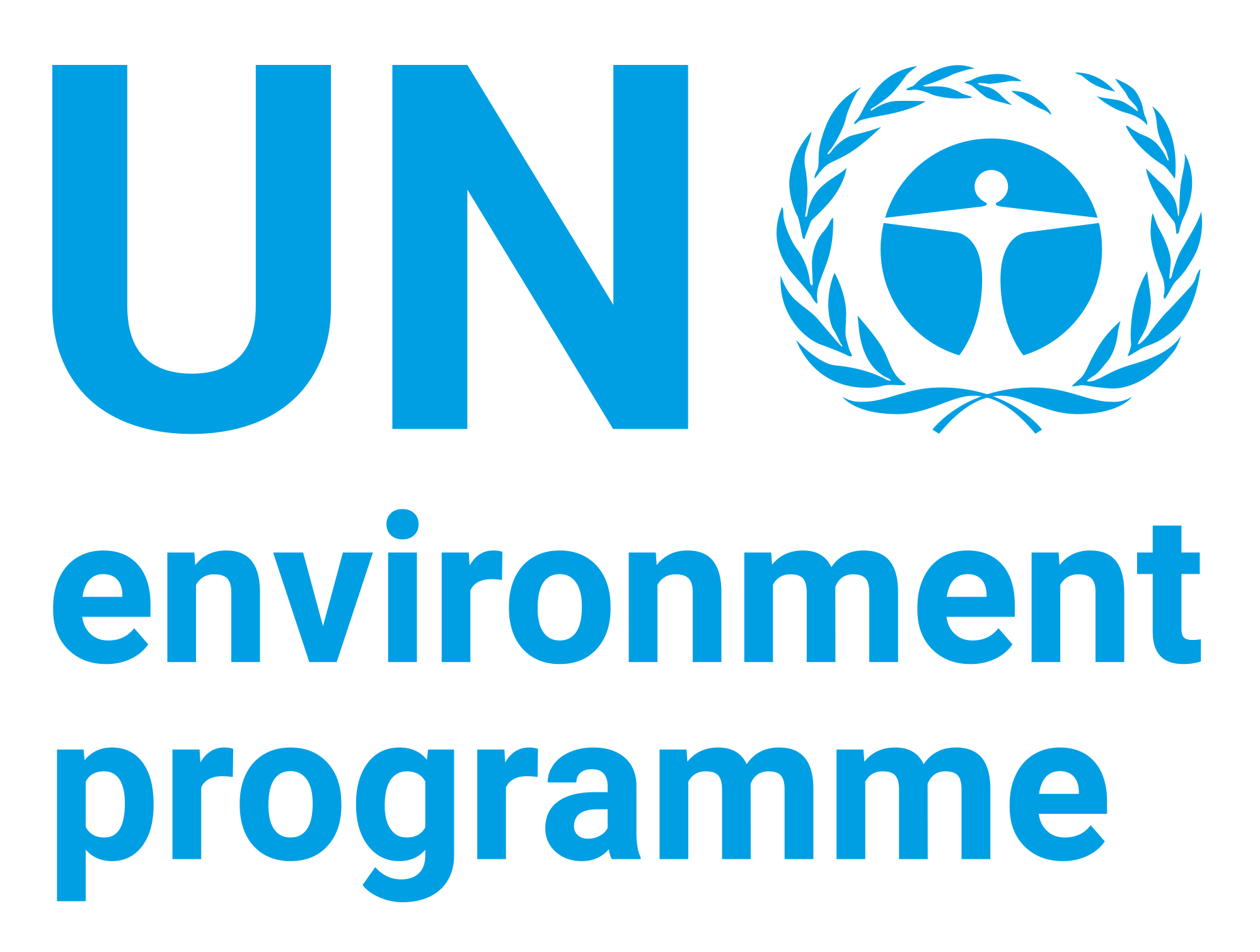| dc.contributor.author | Republic of Korea, Ministry of Environment | |
| dc.coverage.spatial | Republic of Korea | |
| dc.date.accessioned | 2016-10-11T20:09:46Z | |
| dc.date.available | 2016-10-11T20:09:46Z | |
| dc.date.issued | 2011 | |
| dc.identifier.uri | https://wedocs.unep.org/20.500.11822/8992 | |
| dc.description | Use of asbestos and products containing asbestos is banned in Korea because it was scientifically proven to cause malignant diseases such as cancer. But asbestos-related diseases have been found to occur among ordinary citizens as well as workers, and damage from the exposure to asbestos has become pretty tangible considering the growing number of patients. Ordinary citizens, who haven't worked any asbestos-related job, faced many challenges that hamper their attempts to receive compensation because the diseases do not surface for many years and asbestos exist in various forms throughout the living environment | |
| dc.description | hence the difficulty in pinpointing the cause. In this situation, government and industries that earned profits from the use of asbestos jointly assumed responsibility based on the principle of shared responsibility and took a step to ensure compensation to ordinary citizens. Against this background, the Ministry of Environment enacted the Act on Asbestos Damage Relief in March 2010 to provide the basis for compensation to those with illness caused by asbestos. | |
| dc.language | English | |
| dc.publisher | Ministry of Environment - Korea Environment Institute - Republic of Korea | |
| dc.rights | Public | en_US |
| dc.title | Korea Environmental Policy Bulletin - Asbestos Damage Relief System | |
| dc.type | Serials | en_US |
| wd.identifier.sdgio | http://purl.unep.org/sdg/SDGIO_00000049 | |


